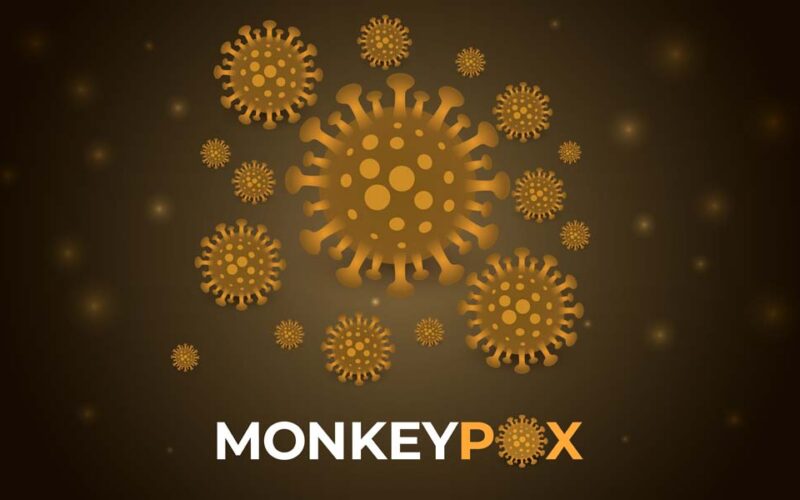Since the coronavirus pandemic, people have been more concerned and afraid of diseases and viruses. In addition, new diseases and viruses are observed due to various causes and environmental pollution. Viruses that previously did not infect humans have also mutated and become fatal diseases for humans. Due to the increase in new diseases and viruses, humankind must make efforts to develop and research vaccines.
What is monkeypox?
Monkeypox was named after an observation in 1958 that monkeys had a disease similar to blisters. The first case detected in humans was in 1970, with symptoms stronger than smallpox and similar. Since then, it has been endemic in West African countries. In 2003, 47 people in the United States were infected with the monkeypox virus through their pets (CNN, 2022).
How does monkeypox infect people?
Monkeypox infection occurs when a person is bitten by an infected animal or is indirectly in contact with secretions or blood. It is also transmitted through oral wounds if infected squirrels and monkeys are ingested. Infections due to person-to-person transmission are increasing. Human-to-human transmission is possible by touching the body of an infected person or an object infected with the virus, or through the respiratory tract. However, it is currently unclear whether monkeypox can be transmitted through sexually (WHO, 2022).
How lethal is Monkeypox?
The incubation period is usually seven to 17 days, with a maximum period of three weeks. People experience high fever, headache, back pain, and fatigue for two-three days after infection. The rash usually appears one to three days after showing symptoms of fever (Gilchrist, 2022). The rash is usually limited to the nose but can spread to the palms and soles of the feet. Monkeypox lasts two to four weeks and usually resolves spontaneously. The fatality rate is around 3-6%, with children not vaccinated against smallpox having a mortality rate of 1-14%. As with smallpox, vaccination is given within three days after infection, and the smallpox vaccine is more than 85% effective against monkeypox virus patients (WHO, 2022).
Conclusion
An increasing number of new diseases and viruses are observed and emerging, causing devastating damage to people. It also increases the likelihood that diseases previously only afflicted by animals can be passed on to humans. Even in this situation, people should not despair too much but concentrate on the policy of the state or organization and act. In addition, scientists will try to make an effective vaccine against the disease. If people do this, they will get through the situation with vaccines.
Reference
CNN, S.L. (2022). What is monkeypox, its symptoms and threat to you? [online] CNN. Available at: https://edition.cnn.com/2022/05/24/health/what-is-monkeypox-virus-explainer-update-wellness/index.html [Accessed 10 Jun. 2022].
Gilchrist, K. (2022). Monkeypox is spreading around the world. What is the disease and how dangerous is it? [online] CNBC. Available at: https://www.cnbc.com/2022/05/20/what-is-monkeypox-and-how-dangerous-is-it-cases-are-rising-globally.html [Accessed 11 Jun. 2022].
WHO (2022). Monkeypox. [online] www.who.int. Available at: https://www.who.int/news-room/fact-sheets/detail/monkeypox#:~:text=Monkeypox%20is%20transmitted%20to%20humans [Accessed 11 Jun. 2022].
